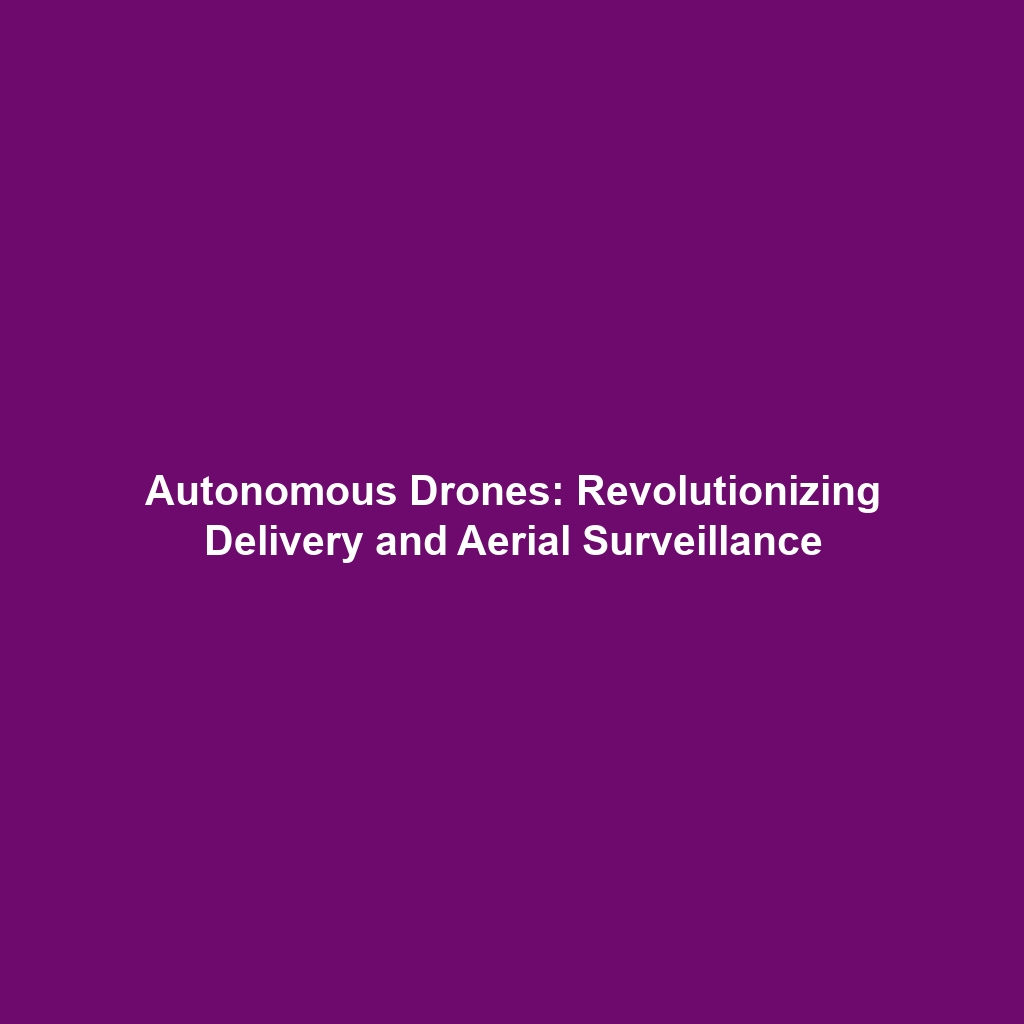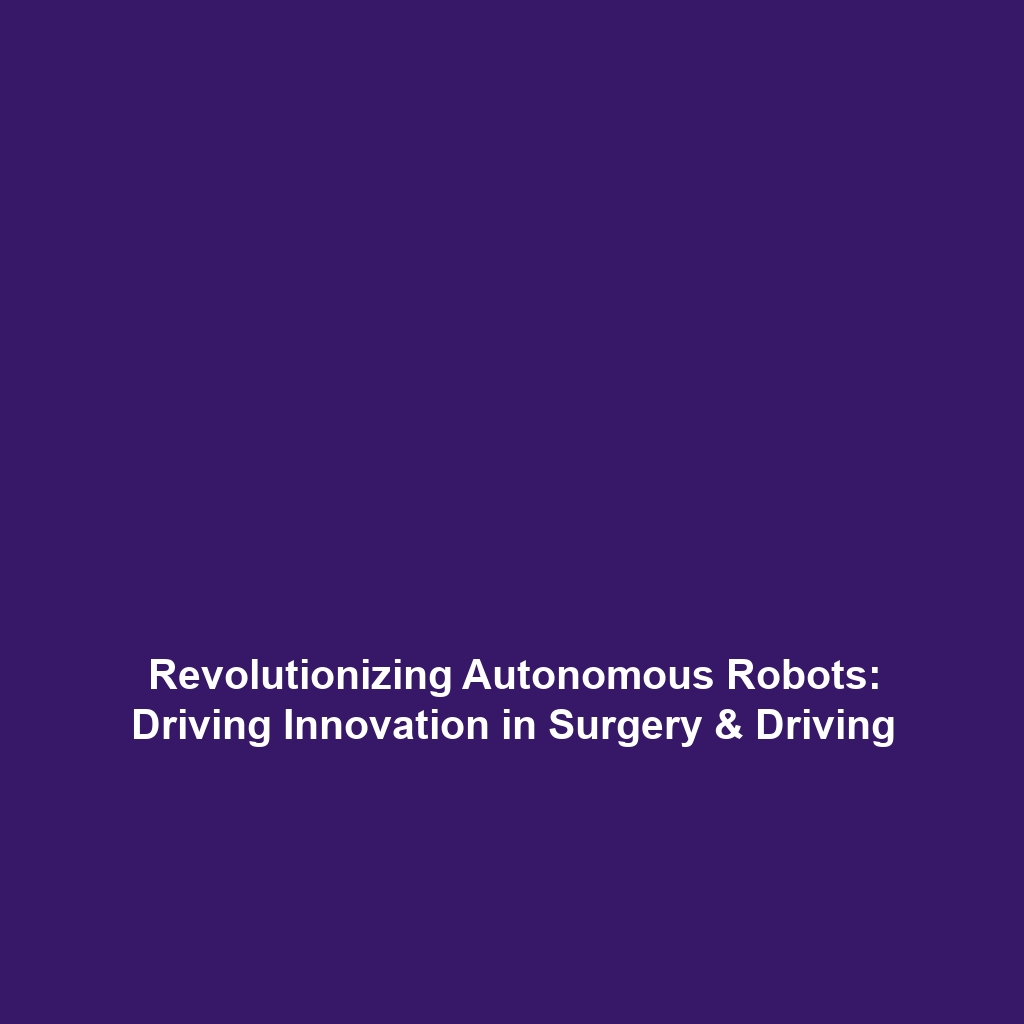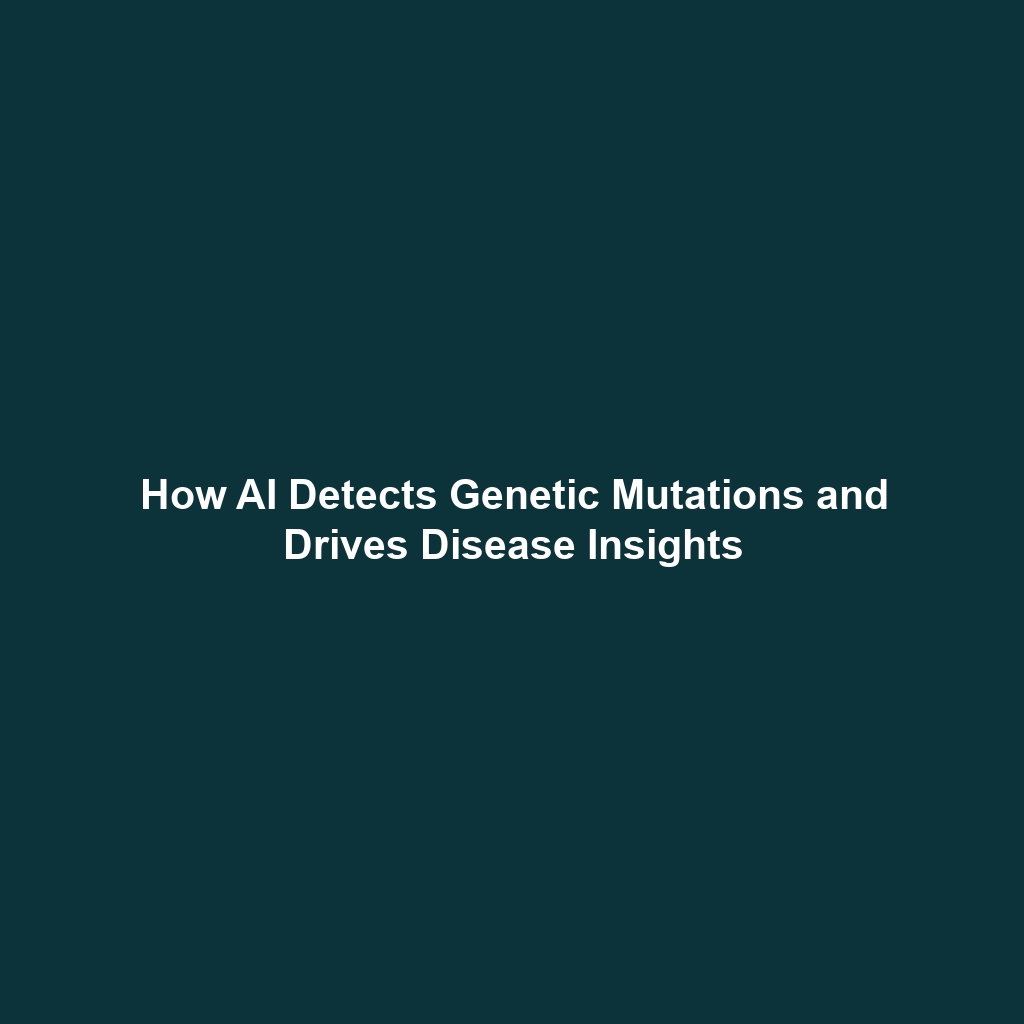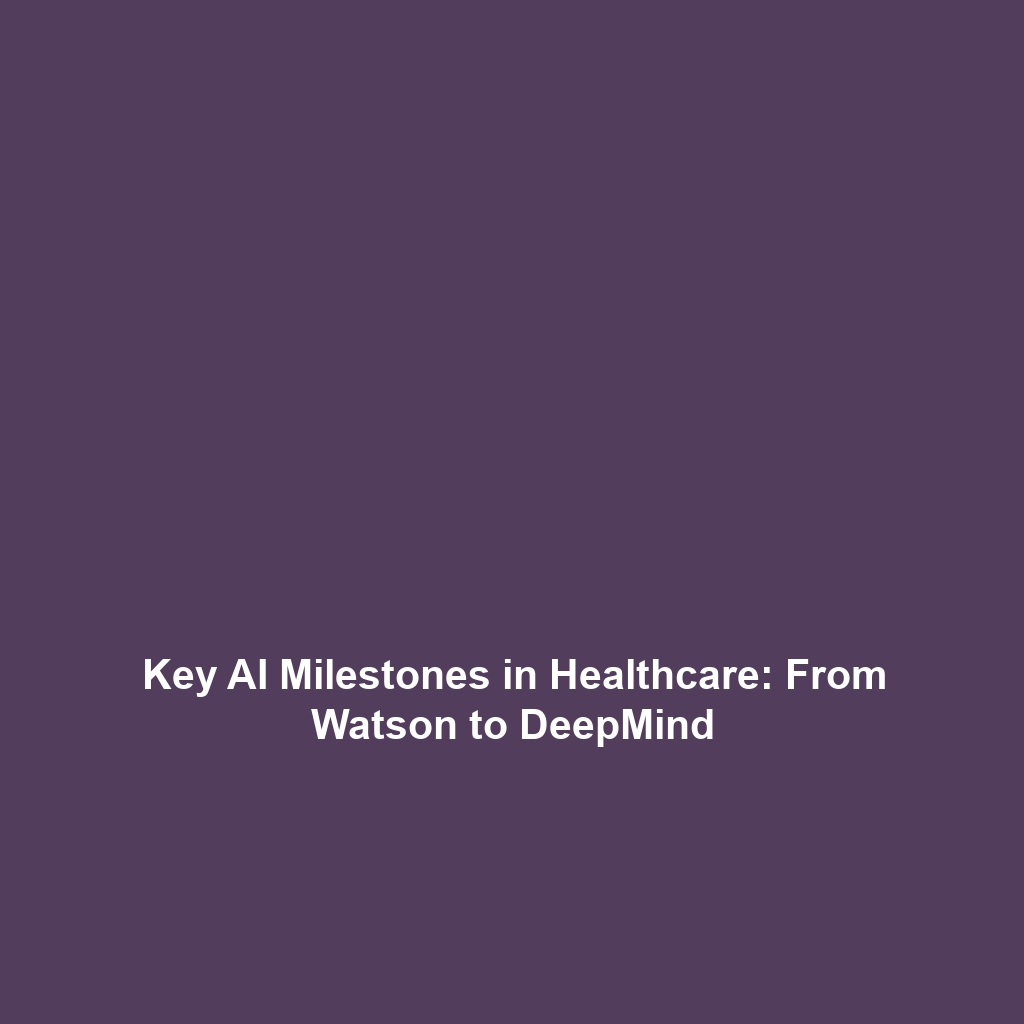Case Studies of Autonomous Drones in Military and Civilian Settings
In an era where technology continuously evolves, the implementation of autonomous drones in both military and civilian arenas raises significant ethical questions. These case studies illuminate how these devices operate and their impact on societal norms and regulations surrounding AI ethics. As we delve into the complexities surrounding autonomous drones, we uncover a myriad of ethical considerations that shape their deployment. This article examines notable case studies highlighting the significant role drones play, their applications, challenges faced, future innovations, and the ethical framework that governs them.
Key Concepts
Understanding the operational dynamics and ethical implications of autonomous drones requires a grasp of several key concepts:
Autonomous Drone Technology
Autonomous drones utilize artificial intelligence (AI) to perform tasks without human intervention. This technology includes machine learning algorithms that allow drones to navigate, recognize objects, and make real-time decisions.
AI Ethics
AI ethics encompasses the moral implications of AI technologies, focusing on accountability, bias, privacy, and the social impact of these innovations. The integration of autonomous drones into military and civilian operations raises pivotal questions regarding the ethical use of AI, particularly concerning who is responsible for an autonomous drone’s action in conflict or civilian scenarios.
Legal and Regulatory Framework
The development and deployment of autonomous drones operate within legal guidelines that vary by country. Understanding these restrictions is crucial for ethical compliance, especially in military operations where rules of engagement are a focal point.
Applications and Real-World Uses
Case studies of autonomous drones highlight their diverse applications across military and civilian settings. Some significant real-world uses include:
- Military Surveillance: Drones are utilized for reconnaissance missions, providing critical data without risking human lives.
- Humanitarian Aid: In civilian contexts, autonomous drones deliver medical supplies to hard-to-reach areas during disasters.
- Environmental Monitoring: Drones are employed in ecological research to track wildlife and monitor environmental changes.
These examples showcase how autonomous drones are reshaping operations in both military and civilian contexts while aligning with AI ethics by improving efficiency and safety.
Current Challenges
Despite the advances, several challenges and limitations persist in studying or applying case studies of autonomous drones in military and civilian settings:
- Accountability Issues: Determining who is responsible for an autonomous drone’s actions poses significant ethical dilemmas.
- Privacy Concerns: The deployment of drones in civilian areas often raises issues regarding surveillance and personal privacy.
- Regulatory Barriers: Varying regulations across regions create complications for the consistent application of technology.
Future Research and Innovations
Upcoming innovations and research in autonomous drone technology promise to enhance their ethical application significantly. Some anticipated advancements include:
- Enhanced AI Algorithms: Continuous improvements in AI will facilitate better decision-making processes for drones.
- Stronger Regulatory Frameworks: Developing international laws and ethical guidelines will shape the responsible use of drones.
- Integration with Other Technologies: The fusion of drone technology with IoT (Internet of Things) and 5G will optimize drone operations for both military and civilian applications.
Conclusion
The case studies of autonomous drones in military and civilian settings illustrate a complex intersection of technology and ethics. As these applications become more prevalent, understanding their implications for AI ethics is vital. Stakeholders must engage in ongoing dialogue surrounding accountability, privacy, and regulatory standards to ensure ethical deployment. For more insights on AI and ethics, consider exploring related topics such as Machine Learning Ethics or Technology in Warfare.









